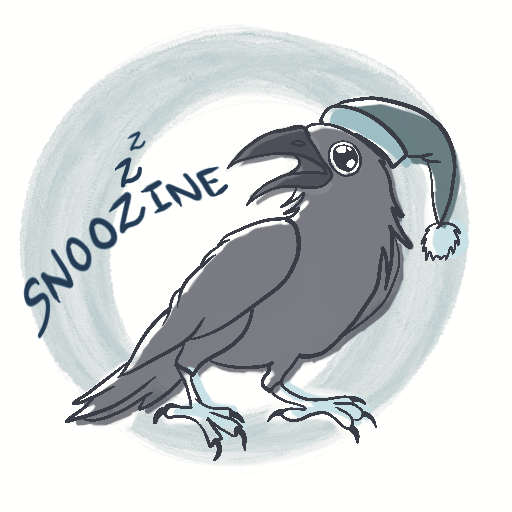For centuries, dragons have been the stuff of myths, legends, and fairytales. It’s no surprise that we’re fascinated with them—huge, hulking beasts that breathe fire and can lay waste to cities in a matter of minutes— and it’s even less of a surprise that they can be found littered throughout fiction for most of our history. One of the first stories featuring dragons comes from the antiquity period: The Epic of Gilgamesh. Traditionally, dragons hoard treasure, guard princesses, or were almost always fearsome beasts that needed to be slain. A few rare instances in the early 1900s saw dragons as something else, but it wasn’t until the 1960s where this started to change with the publication of works like Earthsea by Ursula K. Le Guin and The Dragonriders of Pern by Anne McCaffrey. After this point, mentions of dragons in fiction exploded, with a slight lull in the 90s/early 2000s. With the immense popularity of Rebecca Yarros’ Fourth Wing, a new life has been given to the genre with more people clamoring for dragons.

WHAT IS DRAGON FANTASY?
Dragon fantasy is any work of fiction that uses dragons as characters or as a plot device. You can find dragons almost anywhere in speculative fiction, whether that’s on another planet, a secondary world, our own world, or an alternate reality. There can be giant dragons, small dragons, fire breathing dragons, elemental dragons, dragon shifters–there are so many different ways that you can use dragons in your work. Dragons can be friend or foe, hunter or hunted and this distinction is made depending on what period in history you’re reading in–classical or neo.

WHAT’S THE DIFFERENCE?
Classical dragon fantasy eventually evolved into neo dragon fantasy. Both kinds of dragon fantasy have different tropes, different themes, and different goals. Classical dragons are usually antagonists while neo dragons can be allies, but this isn’t set in stone. If you decide to dabble in dragon fantasy, you can mix these differences to create something that features a little bit of both worlds, such as George R.R. Martin’s dragons in Game of Thrones. Here are some of the main differences between classical and neo dragon fantasy.

CLASSICAL
Classical dragon fantasy uses dragons as antagonists. They’re usually nothing more than beasts that breathe fire and part of the plot requires slaying said dragon. Not all classical dragons are beasts, though, and will often guard something–treasure, a princess in a tower, or some other item the protagonist must obtain. They’re an obstacle preventing the protagonist from reaching their goal. A great example of this is Smaug in The Hobbit by J.R.R. Tolkien. Often in these books, the dragon is briefly featured during a fight scene or whenever it’s spoken about by the characters in the story, before being slain.

NEO (MODERN)
Neo dragons are vastly different from classical dragons because they’re no longer plot devices, but allies and characters of the story themselves. They tend to be intelligent and are able to communicate telepathically to the other characters in the story. That’s not to say that these dragons can’t also be antagonists as well, because they definitely can be. Neo dragons are the ones that you’ll find in stories about dragon riders where they bond with their rider. Where classical dragons are an obstacle for the protagonist to overcome, neo dragons help the protagonist overcome the obstacle.

SIMILARITIES?
Dragons have evolved over time, but that doesn’t mean neo dragons are completely separate from classical dragons–there are almost as many similarities between the two as there are differences. Both classical and neo dragons tend to breathe fire. Some stories do have exceptions to the rules such as the elemental dragons in Michael R. Miller’s Songs of Chaos series. Even though classical dragons can’t speak telepathically, that doesn’t mean they’re unintelligent, and that intelligence is something that both dragons have in common. Neo dragons can also pose as an antagonist or an ally, depending on the story. If you decide to write dragon fantasy, you can have dragons that forego all the rules. Have neo dragons that are more beast than man, they’re still intelligent, but can’t communicate telepathically with their rider. Or have your dragon guarding a princess and let it talk. Don’t be afraid, pull from both sides! If you want to know more about both classical and neo dragon fantasy, keep an eye out on our blog in the coming weeks! We have more posts planned about dragons!
